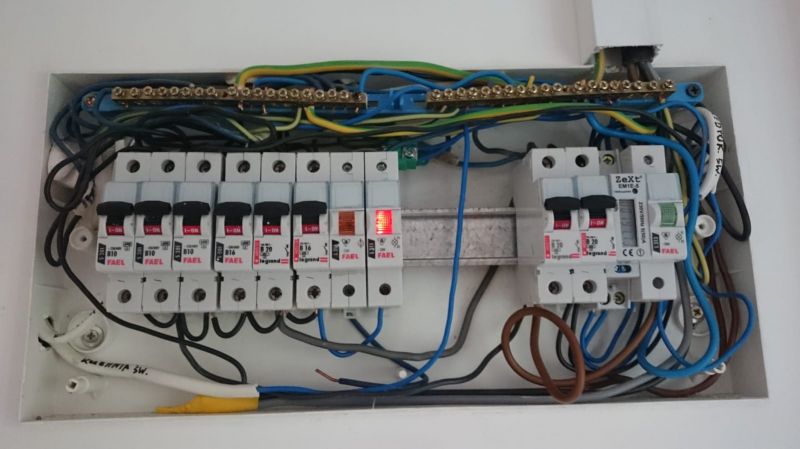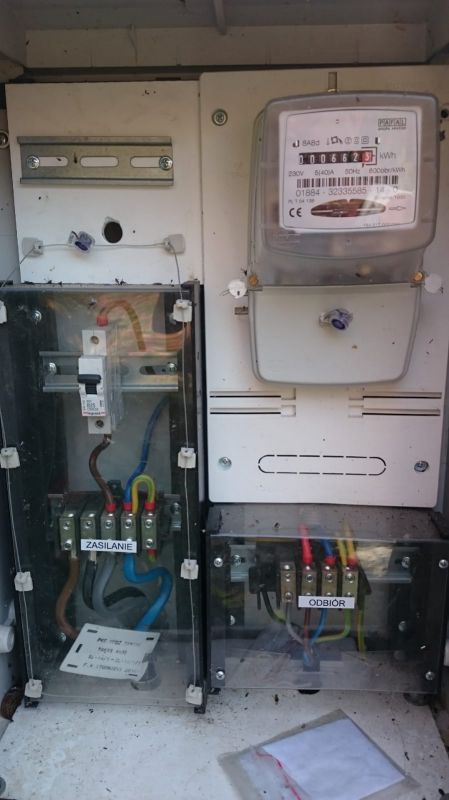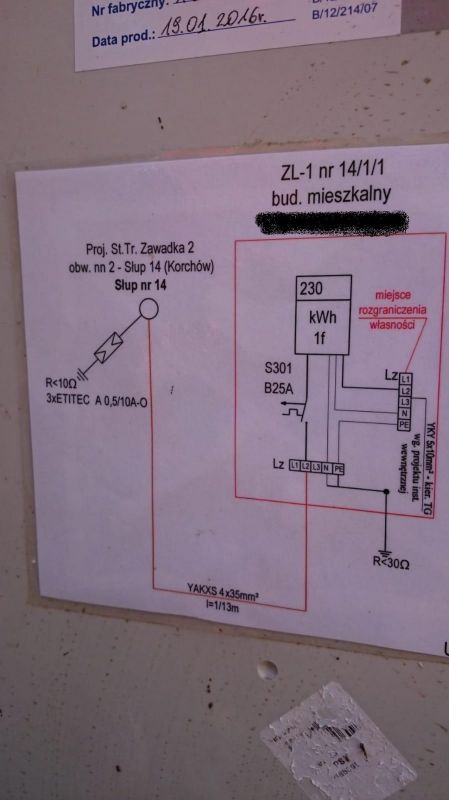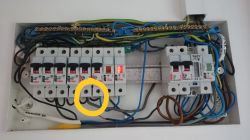I am not an electrician but I am very interested in this topic and if I understand the essence of electricity and security systems, who knows. I had to write about it because maybe my question will be child's play for electricians. Well, I noticed in the home switchboard that the neutral wires (blue) are connected to one strip and the PE wires (yellow and green) to the other strip, and then the two strips are connected (so called bridge). So is there any difference between one strip and the other? If so, what is the difference?






